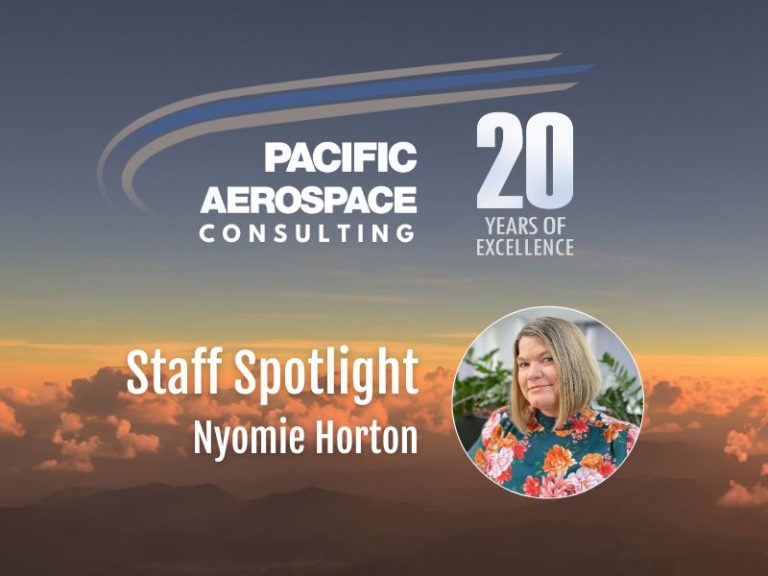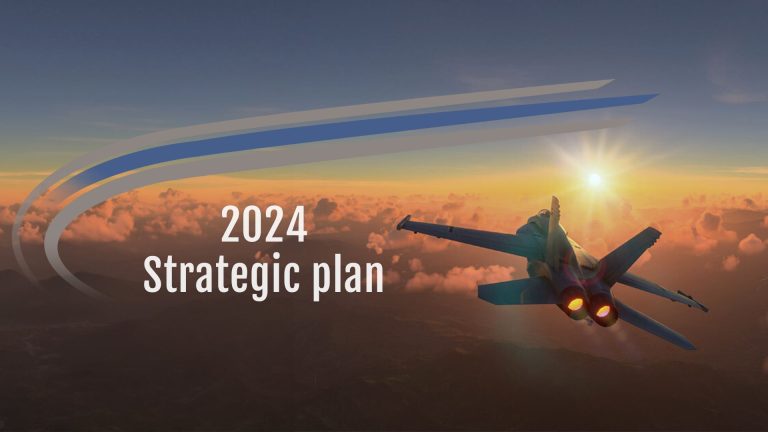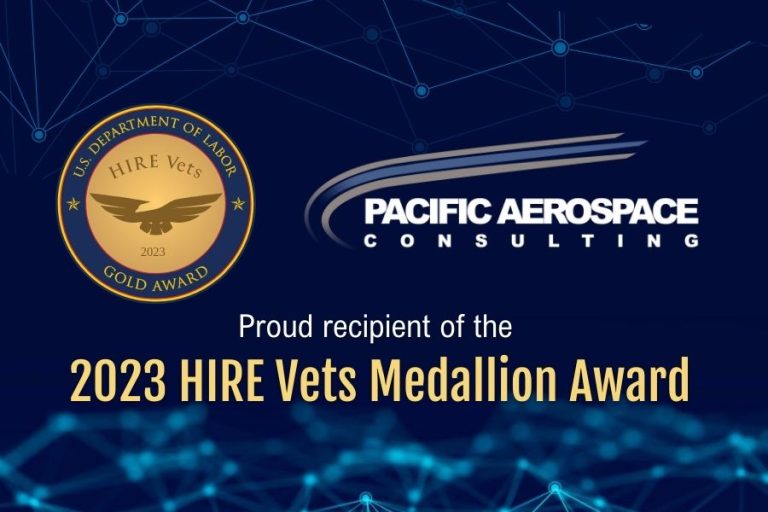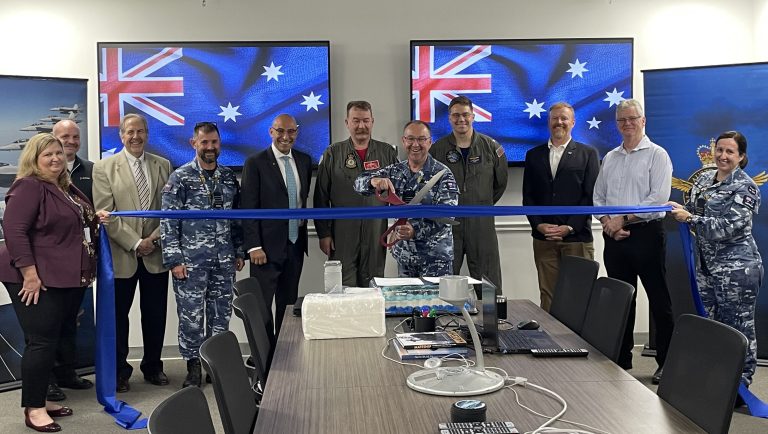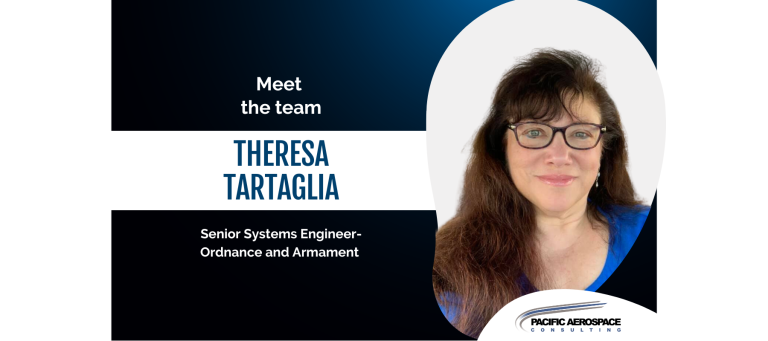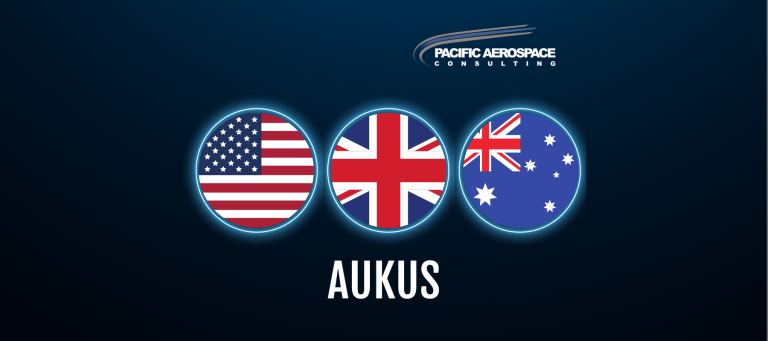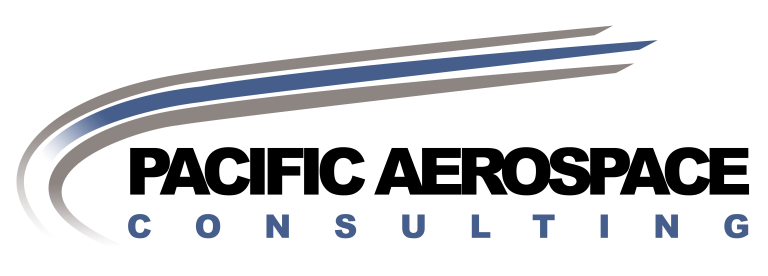By Kalohi Clark, Aviator and Senior Program Analyst
This week, three years ago, I took off out of Naval Air Station Whidbey Island in one of the US Navy’s newest jets, the EA-18G Growler. Less than one minute into the flight we knew we had a serious problem–we were both experiencing hypoxia symptoms. The pilot had significant vision loss and “air hunger”, which is the sensation of not getting enough oxygen. I, in the back seat, was experiencing air hunger, and tingling sensations in my legs. The aircraft gave us no warning or advisory, but we both knew almost immediately that we were experiencing hypoxia symptoms and activated our 10 minute emergency oxygen supply. Our symptoms immediately abated and we were able to adjust for our landing weight and land just as our emergency oxygen ran out.
Had we delayed our corrective actions the consequences could have been dire–our symptoms could have progressed until we were so impaired that our decision-making and judgment were faulty, or we could have run out of stabilizing emergency oxygen trying to diagnose the issue. Either scenario at 1500 feet and 300 knots would be very dangerous indeed. At the end of the day, all we lost were a few days for medical observation and the jet and flight gear were grounded to undergo inspections. Engineers never found any fault with that aircraft and it flew without issue in the following years.
This event highlights two important things. One, aircraft engineers will never be able to completely eliminate the threat of hypoxia; and, two the best defense against hypoxia is being able to quickly identify your unique hypoxia symptoms and take corrective action. There are dozens of unique symptoms, from dizziness to hot ears to loss of hearing to tunnel vision and only those armed with the knowledge of their symptoms can quickly identify the onset of hypoxia. Only you can recognize your unique symptom set, and like anything else in aviation–the more you practice the better you get at it.
The Go2Altitude® training system provides hypoxia awareness and recovery training in a hands-on, ground-based environment. Equip your teams with the knowledge of their individual hypoxia symptoms–it may be the difference between making it back or not.
We will be demonstrating the Go2Altitude® training system next week at I/ITSEC 2021 in Orlando, Florida. Drop by booth #2337, we’d love to meet you!
If you would like additional information or to request a demo, please contact us at simulation@pacaerocon.com, or visit us at www.pacificaerospaceconsulting.com/hypoxia-training.



